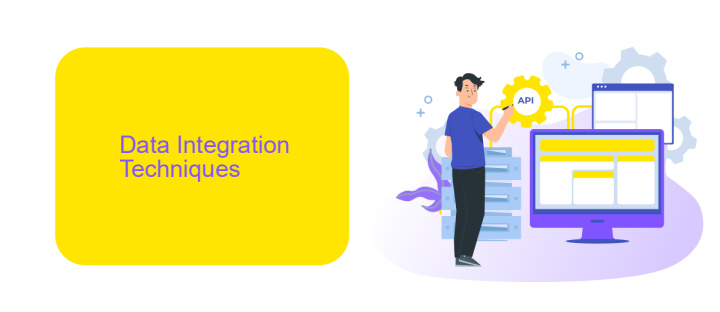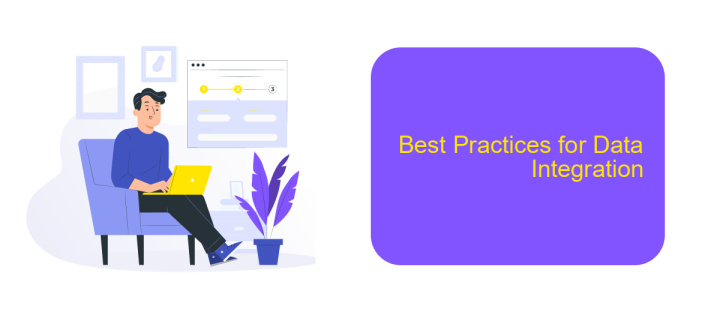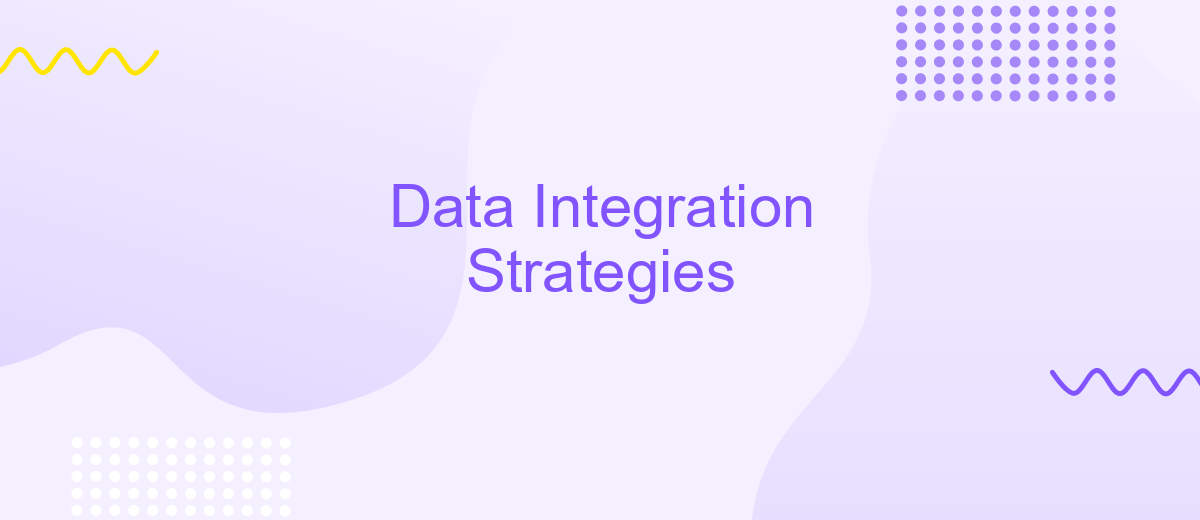Data Integration Strategies
In today's data-driven world, effective data integration strategies are crucial for organizations seeking to leverage diverse data sources for informed decision-making. By seamlessly combining data from various systems, businesses can achieve a unified view, enhance operational efficiency, and uncover valuable insights. This article explores key approaches and best practices for successful data integration, ensuring your organization maximizes the potential of its data assets.
Data Integration Challenges and Benefits
Data integration is a critical aspect of modern business operations, but it comes with its own set of challenges and benefits. Organizations often struggle with issues such as data silos, inconsistent data formats, and real-time data synchronization. These challenges can lead to inefficiencies and hinder decision-making processes.
- Data Silos: Isolated data systems that prevent seamless data flow.
- Inconsistent Data Formats: Different systems may use varied formats, complicating integration.
- Real-Time Data Synchronization: Ensuring data is up-to-date across all platforms can be difficult.
Despite these challenges, successful data integration offers numerous benefits. It enhances data accessibility, improves data quality, and supports better decision-making. Tools like ApiX-Drive simplify the integration process by providing automated workflows and real-time synchronization. By overcoming integration challenges, businesses can unlock the full potential of their data, driving efficiency and innovation.
Data Integration Techniques

Data integration techniques encompass a variety of methods to ensure seamless data flow between disparate systems. One common approach is ETL (Extract, Transform, Load), which involves extracting data from multiple sources, transforming it into a compatible format, and loading it into a target system. Another technique is data virtualization, which allows users to access and query data without requiring physical storage in a single location. This method provides real-time data integration and minimizes redundancy.
API-based integration is also a popular technique, enabling systems to communicate and share data through standardized interfaces. Tools like ApiX-Drive simplify this process by offering a no-code platform for setting up integrations between various applications. With ApiX-Drive, businesses can automate data transfers, synchronize information in real-time, and reduce manual efforts. Such platforms are invaluable for organizations seeking to streamline their data workflows and maintain data accuracy across different systems.
Data Integration Tools and Platforms

Data integration tools and platforms play a crucial role in streamlining the process of combining data from different sources. These tools help organizations ensure data consistency, reduce redundancy, and improve data quality. By leveraging these platforms, businesses can achieve seamless data flow across various systems and applications.
- ApiX-Drive: A versatile tool that allows users to automate data integration between numerous applications without requiring coding skills. It provides pre-built connectors for popular services, making it easy to set up and manage integrations.
- Informatica: A robust data integration platform that offers comprehensive solutions for data management, including ETL (Extract, Transform, Load) processes, data quality, and data governance.
- Talend: An open-source data integration tool that supports big data and cloud integration. It offers a wide range of connectors and components to facilitate seamless data integration.
- Microsoft Azure Data Factory: A cloud-based data integration service that enables the creation of data-driven workflows for orchestrating and automating data movement and transformation.
These tools and platforms offer various features and capabilities to meet the diverse data integration needs of organizations. Whether you are looking for a no-code solution like ApiX-Drive or a comprehensive platform like Informatica, selecting the right tool can significantly enhance your data integration efforts and drive better business outcomes.
Best Practices for Data Integration

Effective data integration is crucial for ensuring seamless data flow across various systems and applications. To achieve this, it's essential to follow best practices that enhance data quality, reliability, and accessibility. Begin by clearly defining your data integration goals and identifying the data sources and destinations involved.
Next, establish a robust data governance framework to manage data consistency, security, and compliance. This includes setting up data validation rules, monitoring data flows, and ensuring adherence to regulatory requirements. Utilizing automated tools like ApiX-Drive can streamline the integration process, reducing manual efforts and minimizing errors.
- Define clear integration objectives and requirements.
- Implement strong data governance and validation mechanisms.
- Leverage automated integration tools such as ApiX-Drive.
- Regularly monitor and update integration processes.
- Ensure compliance with data privacy and security regulations.
By following these best practices, organizations can achieve a more efficient and reliable data integration process. Leveraging tools like ApiX-Drive not only simplifies the integration but also enhances the overall data management strategy, ensuring that data is accurate, timely, and secure.


Data Integration Case Studies
One notable case study in data integration involves a large e-commerce company that needed to streamline its customer data from multiple platforms, including CRM, email marketing, and sales software. By implementing an automated solution through ApiX-Drive, the company was able to centralize all data into a single, unified system. This integration not only reduced manual data entry errors but also provided real-time insights into customer behavior, significantly boosting their marketing and sales strategies.
Another example is a healthcare organization that faced challenges in managing patient information spread across various databases and applications. Utilizing ApiX-Drive, they developed a seamless integration strategy that connected electronic health records (EHR) with billing and appointment scheduling systems. This integration improved data accuracy and accessibility, enhancing patient care and operational efficiency. The successful implementation of these integration strategies underscores the critical role of automated tools like ApiX-Drive in optimizing data management across industries.
FAQ
What is data integration and why is it important?
What are the common data integration strategies?
How can I choose the right data integration strategy for my organization?
What are the challenges in data integration?
Are there tools available to automate data integration processes?
Routine tasks take a lot of time from employees? Do they burn out, do not have enough working day for the main duties and important things? Do you understand that the only way out of this situation in modern realities is automation? Try Apix-Drive for free and make sure that the online connector in 5 minutes of setting up integration will remove a significant part of the routine from your life and free up time for you and your employees.

